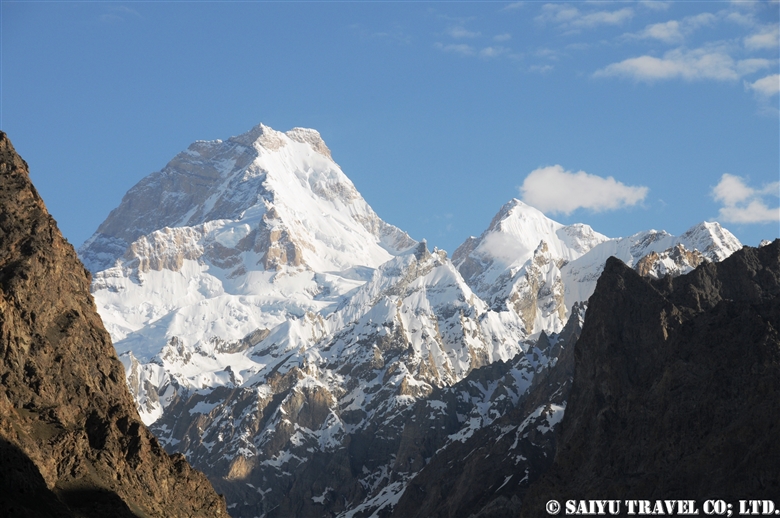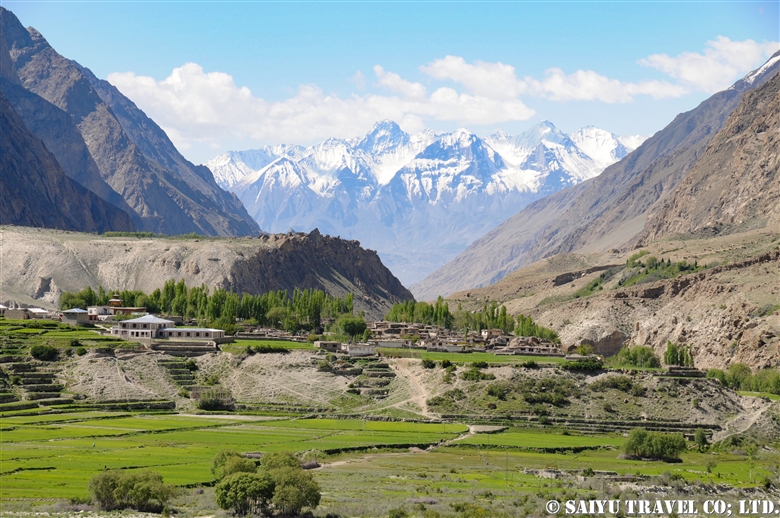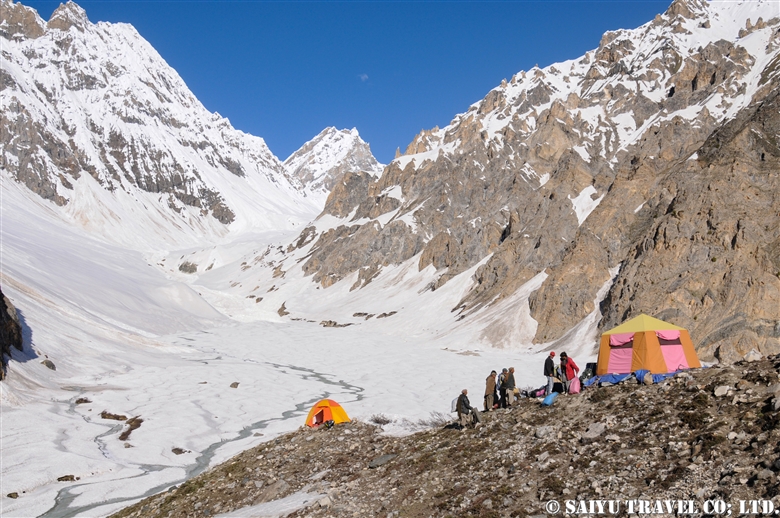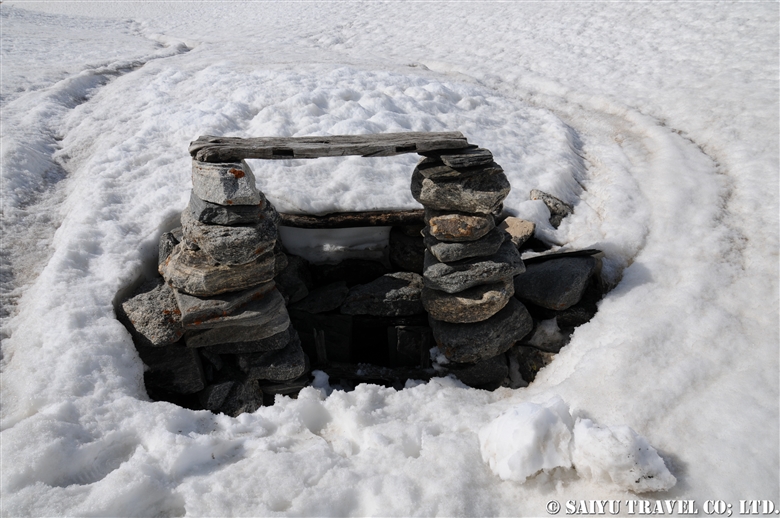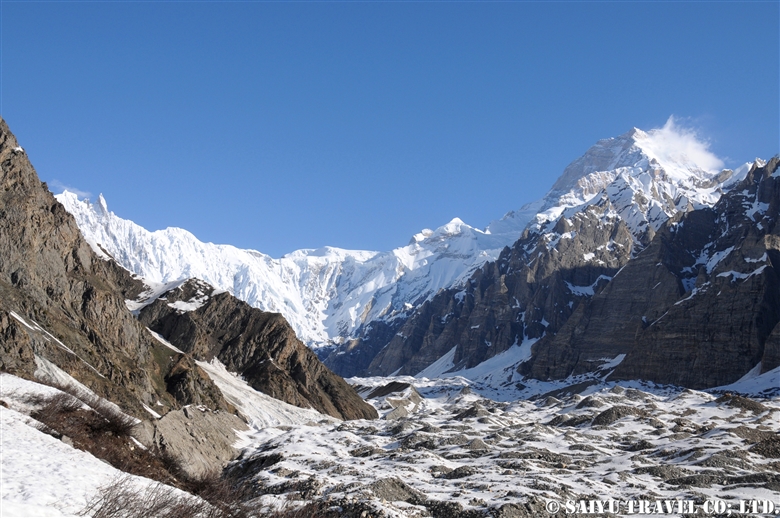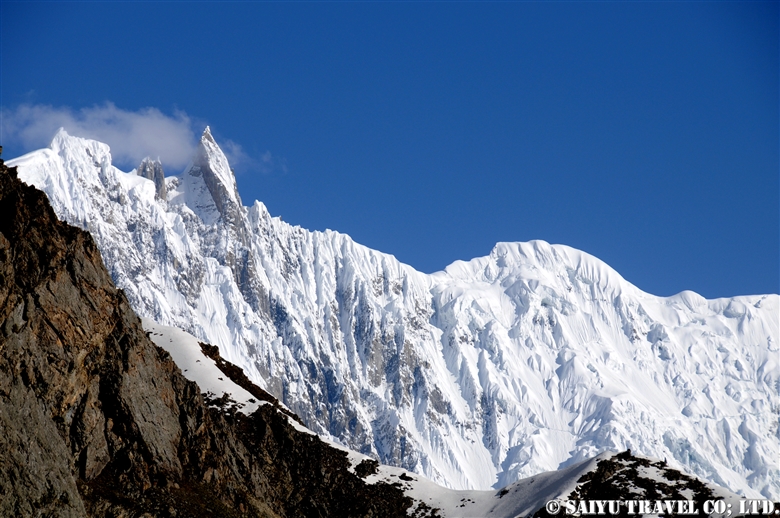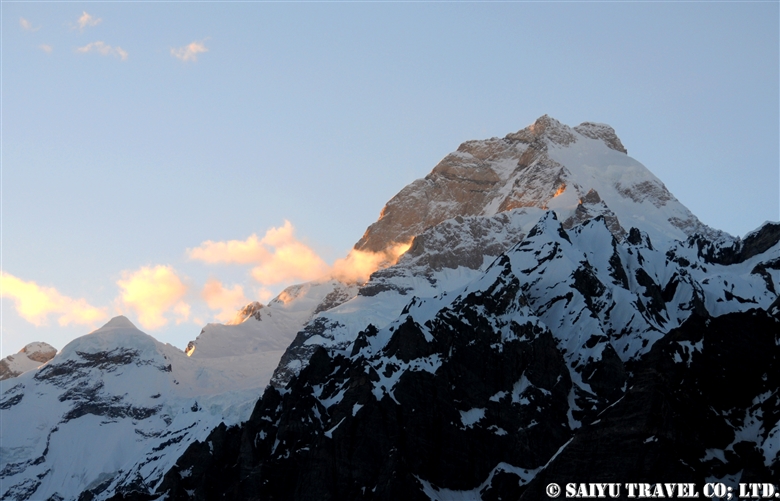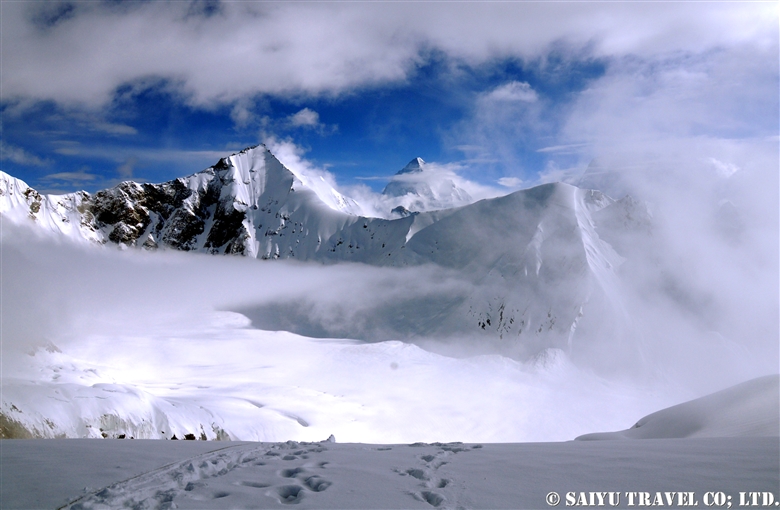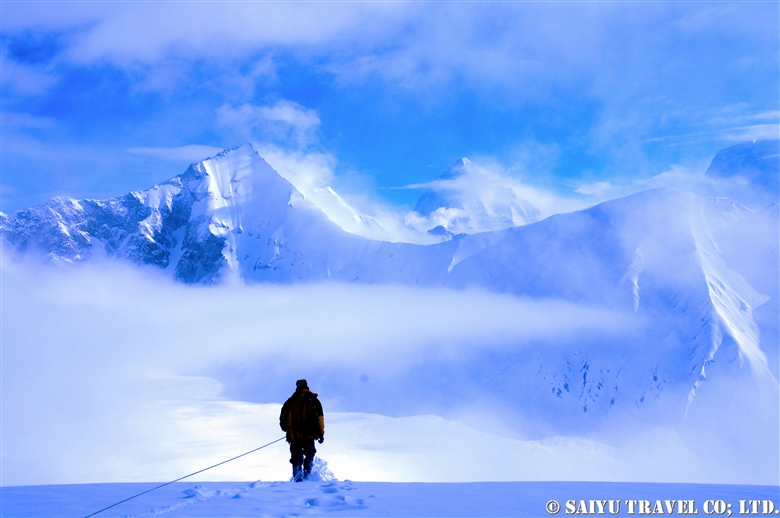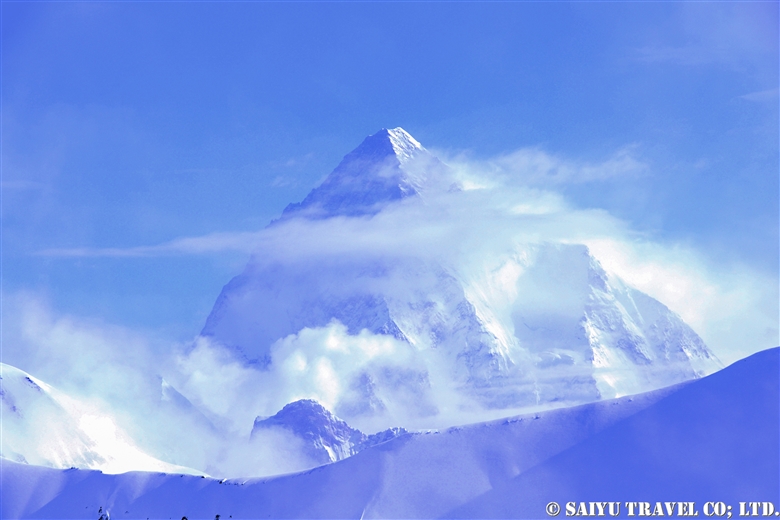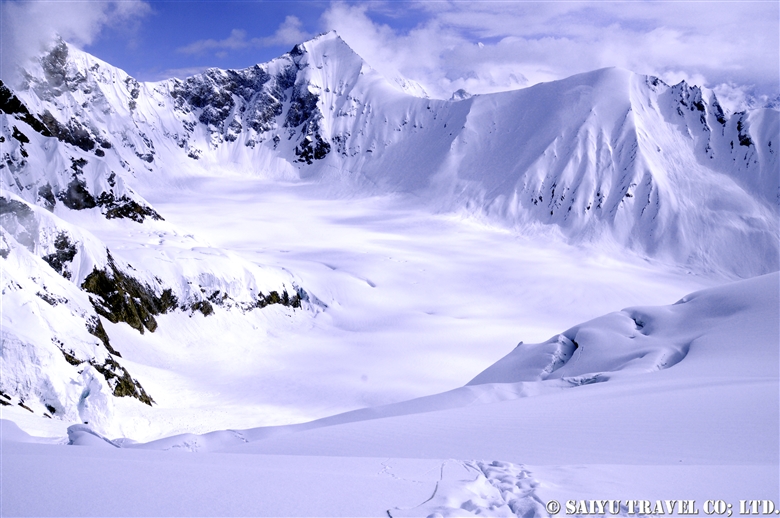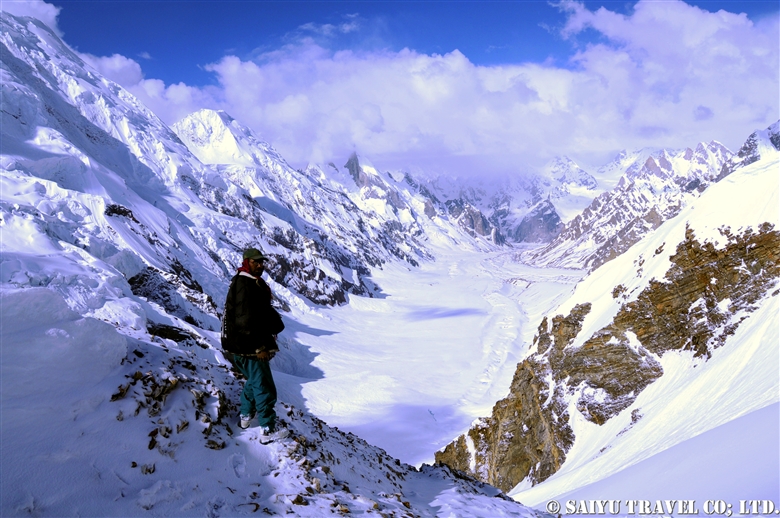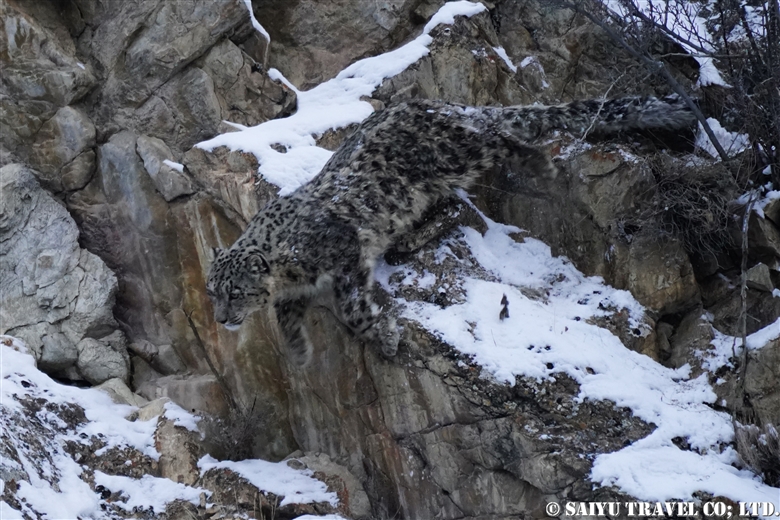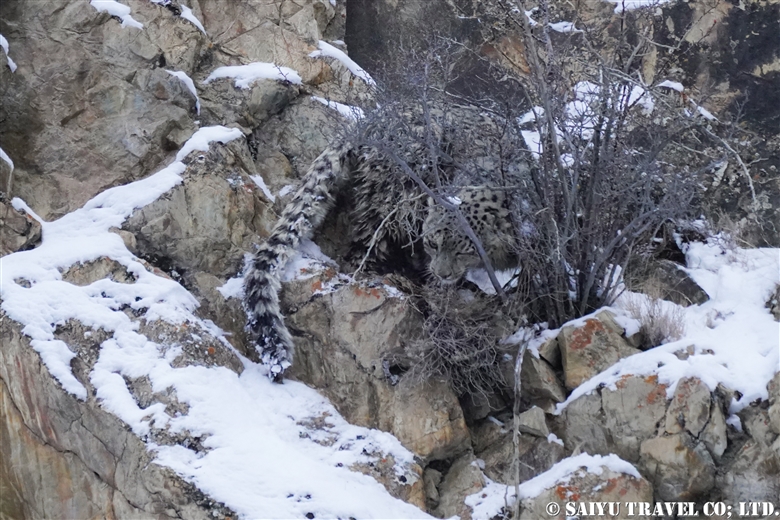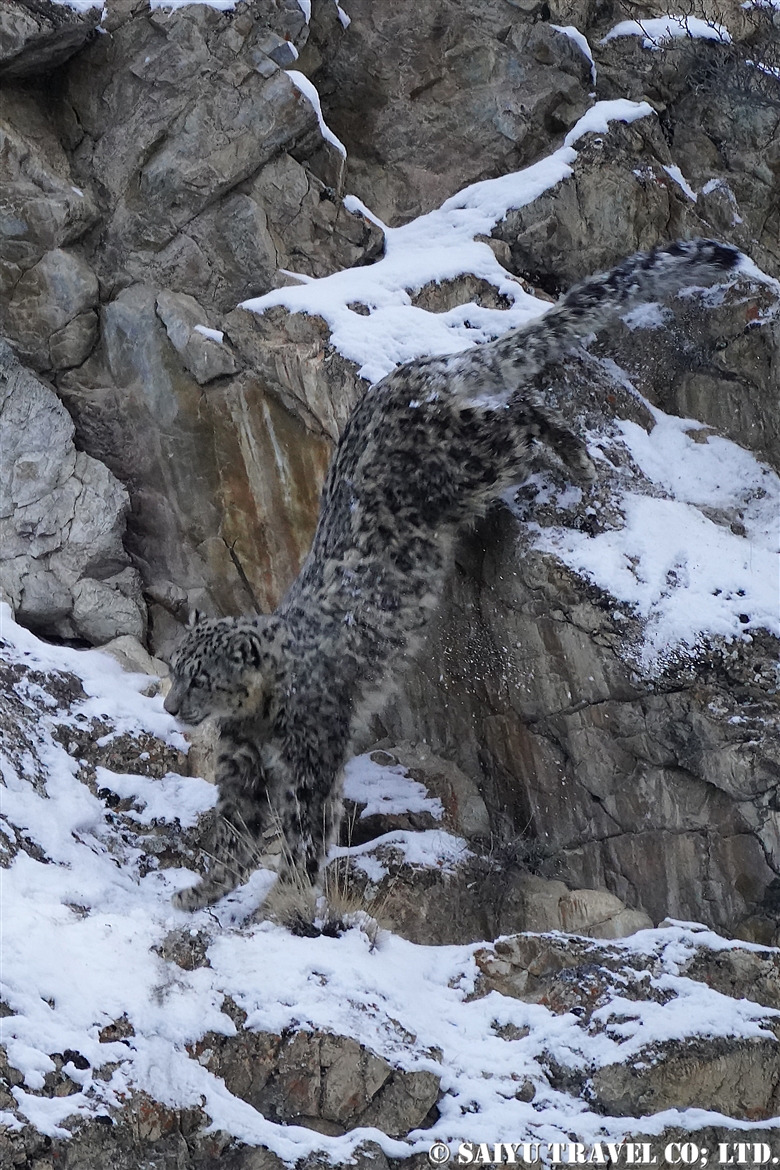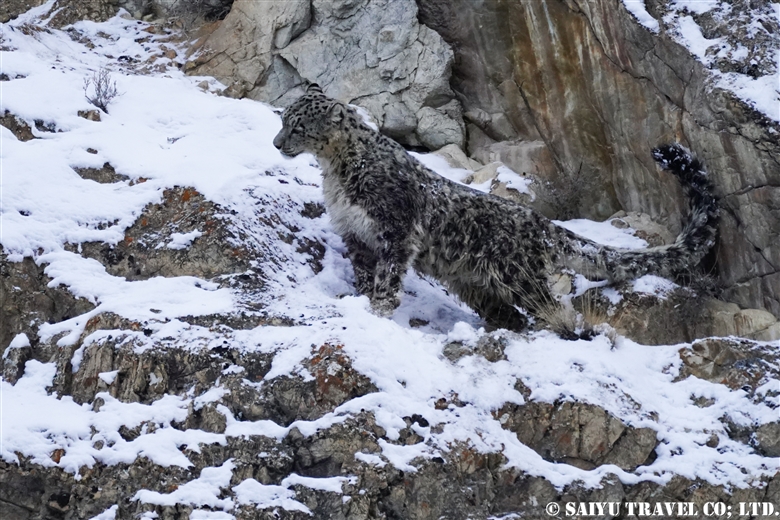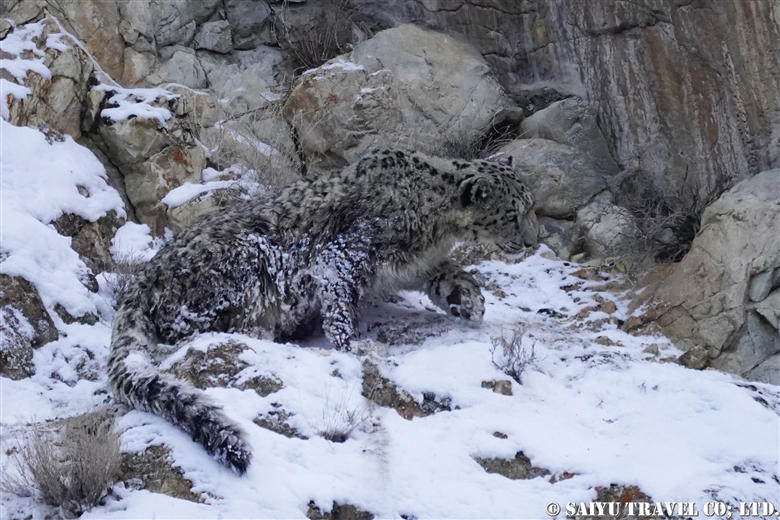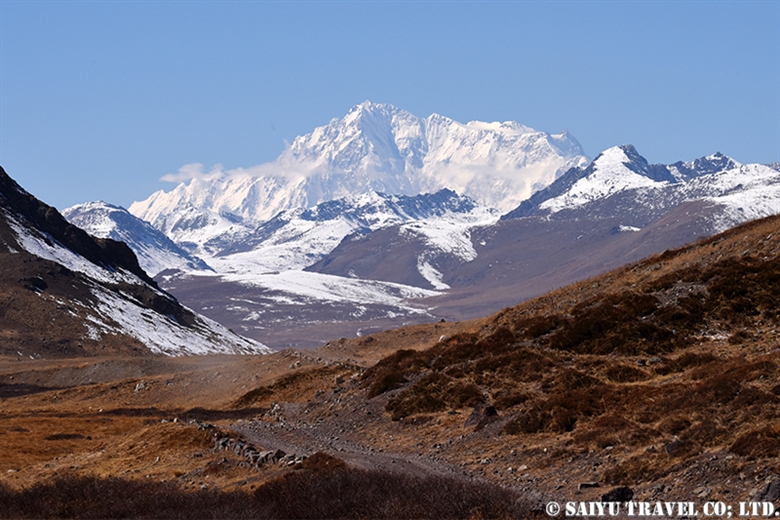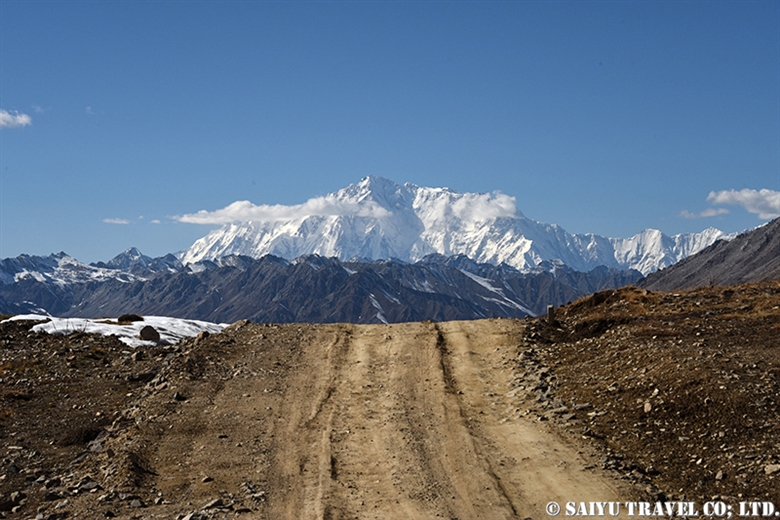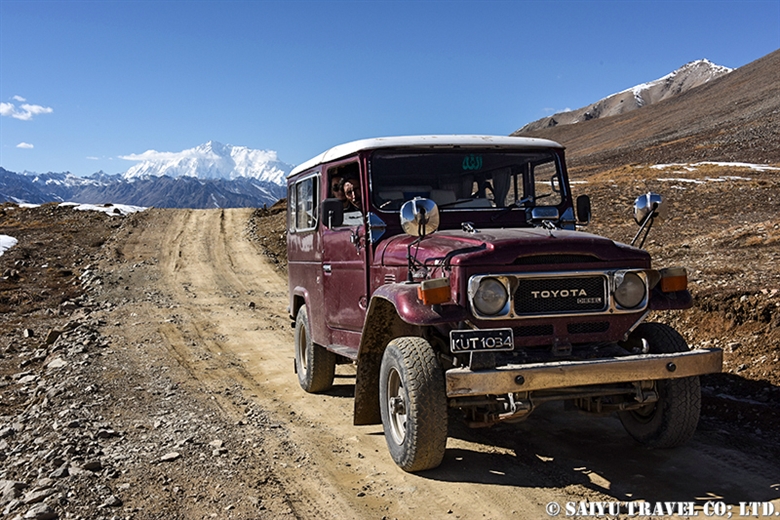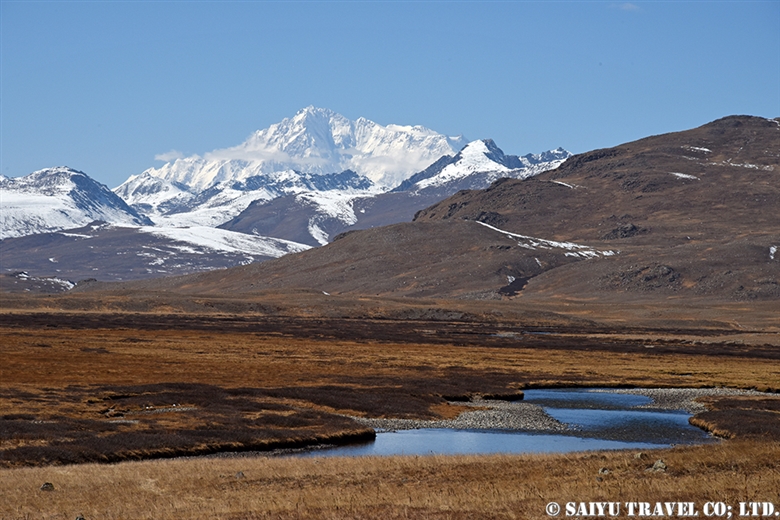
KUCH, the traditions of Shimshal village
Kuch in Shimshal village is a large movement with livestock. “Autumn Kuch” is the movement of all the livestock who went to Shimshal Pamir in the summer in search of pastures come back together.
In October, I went to Shimshal village to greet the “Autumn Kuch” coming back from the Pamir.

Preparing for a trip to Shimshal Pamir
In the morning, yaks carrying luggage start gether in.
The way to Simshar Pamir is not easy …. it is steep. I have visited Shimshal Pamir twice so far, but when I got tired of walking, I started riding on the back of the yak and customized it to be comfortable.
Nevertheless, staying together with Yaks is a great thing, especially for animal lovers.

This is the Yak who can carry people on hardest trek of Shimshal Pamir. He will be customized by attaching a Saddle and a mat.

Departure from Shimshal village
When you leave Shimshar village towards Pamir, you have to cross the Shimshal river first. Some yaks can cross the suspension bridge, but most of them walk across the river.

A yak crossing the beautiful Shimshal river.

Climbing of Ghare Sar. The magnificent valley’s scenery carved by the Shimshal river spreads out to the horizon.

Arrived at Past Furzeen, today’s campsite. Yaks carrying the heavy load is also cheers for good work!
Photo & Text : Mariko SAWADA
Visit : Oct 2014, Shimshal Village to Past Furzeen, Gilgit-Baltistan
Category : ◆ Gilgit-Baltistan > - Shimshal
Tag : Shimshal Pamir , Shimshal Pamir Trekking , Shimshal Village , Yak , Indus Caravan , Kuch , Saiyu Travel Pakistan , Pakistan Blog , Pakistan Travel Blog , wakhi , Shimshal , Shimshal Autumn Kuch
















